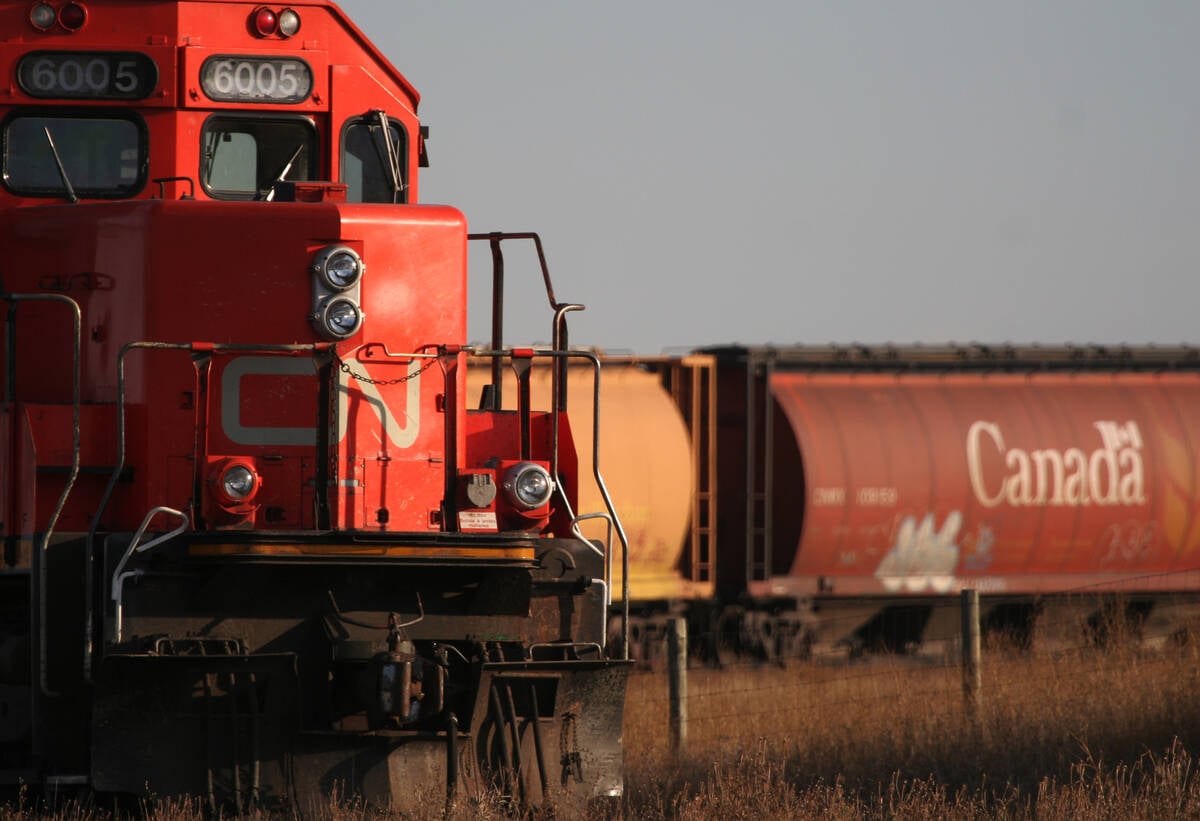CHICAGO, Ill. (Reuters) — U.S. farmers are poised to plant winter wheat on the smallest area in more than a century this autumn as tumbling global prices and fierce competition push the world’s former top supplier into retreat.
However, even that shrinkage is unlikely to dent massive global supplies or help bolster prices. The world wheat harvest hit a record this year, sending nearby Chicago Board of Trade futures to 10-year lows below US$4 a bushel.
The strong U.S. dollar is adding to the pain for U.S. farmers as it makes the exports of competitors such as Russia, Ukraine and Kazakhstan more attractive. Russia is projected to overtake the United States and the European Union as the top wheat exporter for 2016-17 .
Read Also

Working groups established to address challenges in the containerized and bulk movement of commodities
CN is working with the pulse and special crops sector on resolving challenges in shipping those commodities.
Farmers in Oklahoma, the No. 2 winter wheat producing state, face potential losses of $55 an acre for wheat in 2017, according to Kim Anderson, an agricultural economist at Oklahoma State University.
In Kansas, the biggest winter wheat state, mountains of harvested grain flank roadsides. Cash prices have slid below $3 a bu.
“Farmers are optimistic people,” said Doug Keesling, who farms 2,500 acres in central Kansas. “But that optimism wanes low in times when every day you drive by and see piles of grain that are not moving.”
Because the low prices are almost certain to mean losses for all but the most efficient operators, farmers will rein in the amount of land they are willing to plant with wheat.
Plains farmers may shift to winter canola or spring crops such as corn and soybeans. In cattle areas some will plant wheat for grazing pasture.
“Right now the market is not doing anything to encourage additional wheat plantings,” said Justin Gilpin, chief executive officer of the Kansas Wheat Commission.
Forecasters including Farm Futures Magazine and Arlan Suderman, chief commodities economist for INTL FCStone, say plantings of hard red winter wheat, the largest U.S. class, could fall five percent from last year, when American farmers seeded the fewest winter wheat acres since 1913.
The U.S. Department of Agriculture issues its first estimate of winter wheat plantings in January.
Meanwhile, some major U.S. competitors are taking the opportunity to plant even more wheat .
In Russia, farmers plan to raise wheat area by six percent from a year ago to 42.9 million acres, agriculture ministry data showed.
“Russian farmers are seeding more wheat due to positive margins in rubles,” said Dan Basse, president of AgResource Co.
A senior Ukrainian agriculture official said last month that farmers would likely raise winter grains area to 18 million acres from 17.3 million last year. The area under winter wheat could reach 16 million acres.
In France, which is Europe’s top producer, plantings for 2017 should approach 12.4 million acres, slightly less than the record 12.8 million seeded for 2016, said Remi Haquin of FranceAgriMer. However, a drought that has slowed French winter rapeseed seeding could limit wheat as well, Haquin said.
Weather might also swing decisions in the U.S. The Plains has had good rain this month, which could entice farmers to try wheat despite the poor price outlook. After planting, Suderman said, “they can always decide to wait until spring and see what their options are.”














